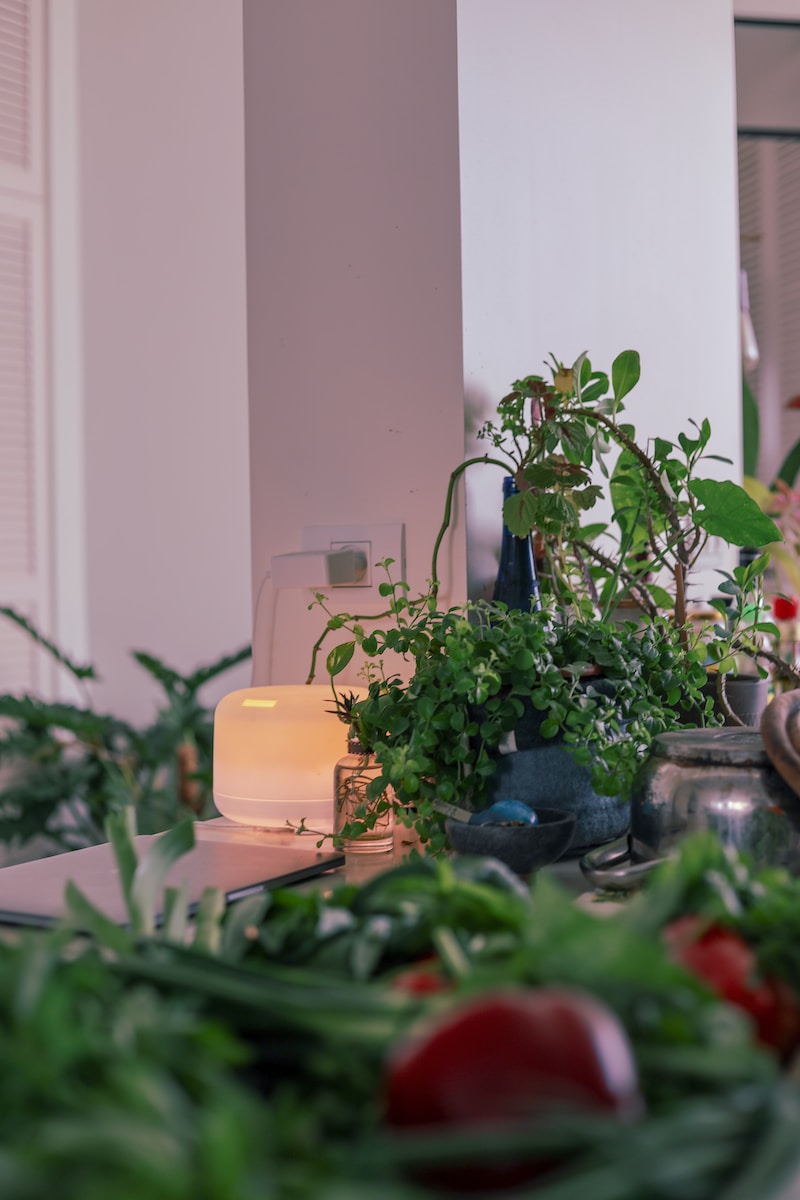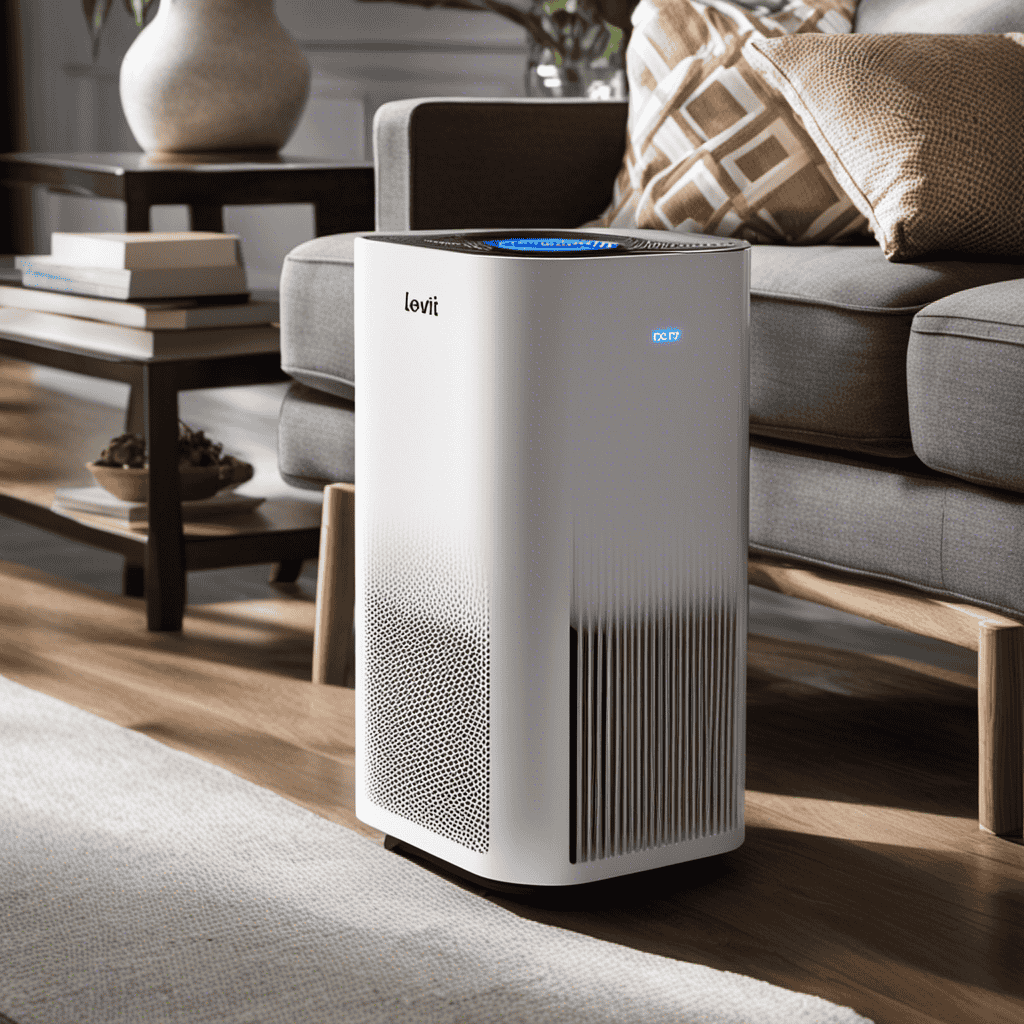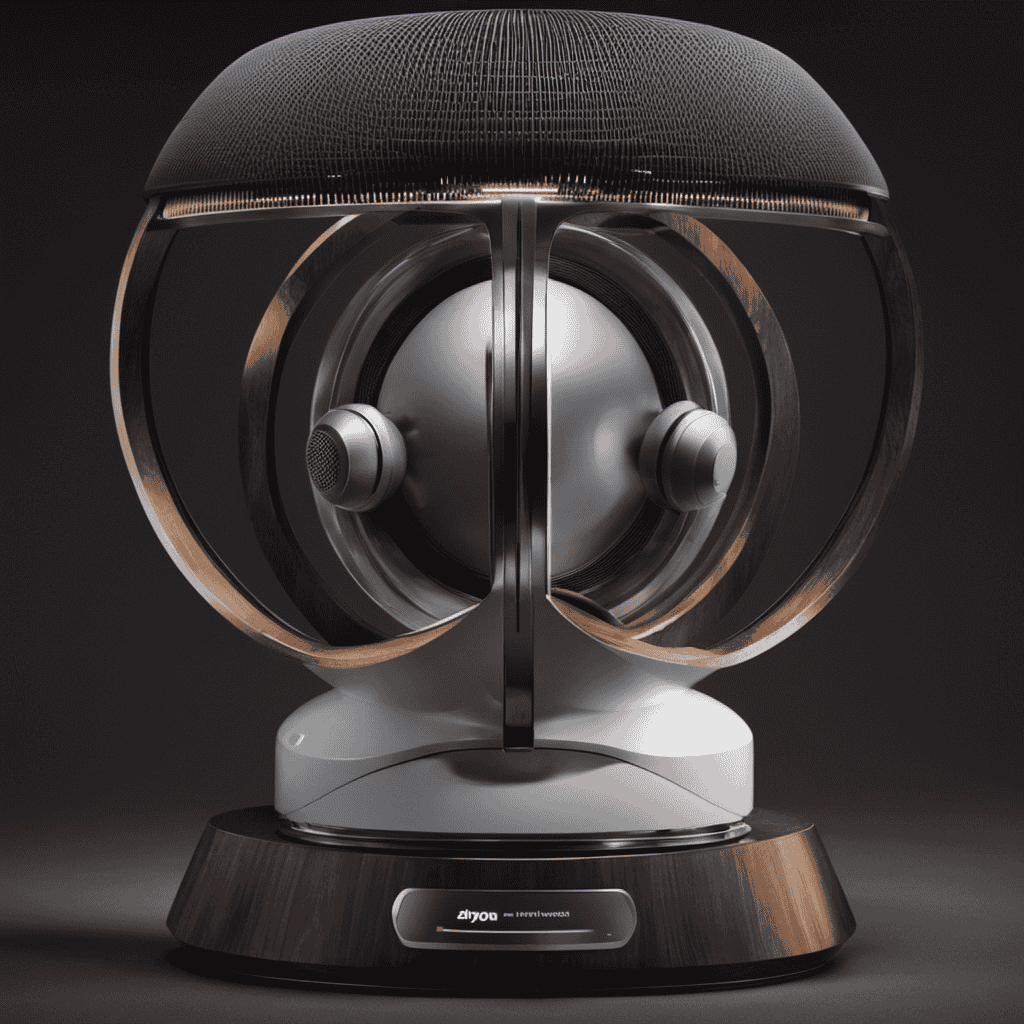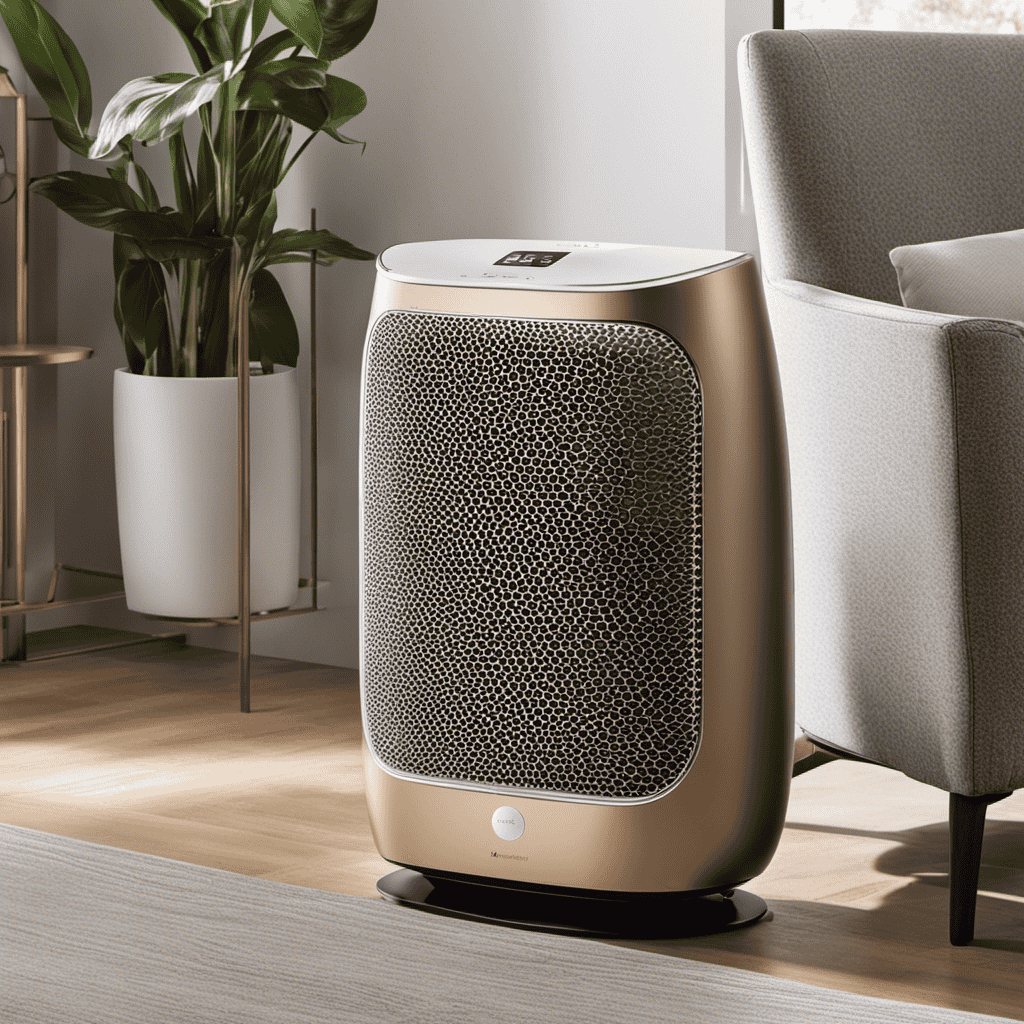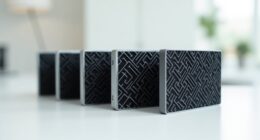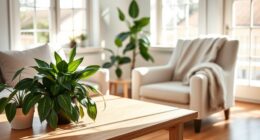As a Coway Air Purifier owner, I have found a standout feature that enhances my air cleaning experience – the ionizer.
By activating this innovative technology, I can enhance the quality of the air in my home and enjoy a cleaner, healthier living environment.
In this article, I will delve into the benefits of using the ionizer feature, explain how it works in the Coway Air Purifier, and provide guidance on when to activate it for maximum air purification.
Key Takeaways
- The ionizer feature effectively removes harmful particles from the air and reduces the presence of airborne particles like dust, pollen, and pet dander.
- The ionizer emits negatively charged ions that attach to positively charged particles, making them heavier and causing them to fall to the ground or stick to surfaces.
- The ionizer can help neutralize certain odors and pollutants in the air by breaking down odor-causing molecules.
- It is important to use the ionizer sparingly and follow the manufacturer’s instructions to avoid excessive ozone production and ensure a healthy living space.
Benefits of Using the Ionizer Feature
The ionizer feature on the Coway air purifier offers several benefits for improving indoor air quality.
One of the advantages of using the ionizer is its effectiveness in removing harmful particles from the air. The ionizer emits negatively charged ions that attach to positively charged particles like dust, pollen, and pet dander, causing them to clump together and fall to the ground. This process, known as ionization, helps to reduce the presence of these airborne particles, making the air cleaner and healthier to breathe.
Additionally, the ionizer feature can also neutralize certain odors and pollutants in the air, leaving the environment smelling fresher.
It is important to note that the ionizer should be used in conjunction with the air purifier’s filtration system for optimal results.
How the Ionizer Works in the Coway Air Purifier
In the Coway air purifier, the ionizer emits negatively charged ions to help remove pollutants from the air.
The ionizer technology in the Coway air purifier offers several advantages.
Firstly, it helps to improve the overall air quality by effectively removing airborne particles such as dust, pollen, and pet dander.
These negatively charged ions attach to the positively charged particles in the air, making them heavier and causing them to fall to the ground or stick to surfaces, effectively reducing their presence in the air we breathe.
Secondly, the ionizer technology also helps to neutralize odors by breaking down the molecules that cause unpleasant smells.
This can be particularly beneficial for individuals with sensitivities or allergies to certain odors.
Overall, the inclusion of an ionizer in the Coway air purifier significantly improves the air quality in our homes or offices, providing a healthier and more comfortable environment.
Ideal Settings for Using the Ionizer
To optimize the ionizer’s performance in your Coway air purifier, consider adjusting the settings to your preferred level of air purification.
There are a few common misconceptions about using ionizers that need to be addressed. Firstly, some people believe that running the ionizer continuously will provide better air quality. However, this is not necessary and may even cause potential side effects. It’s recommended to use the ionizer sparingly and only when needed.
Secondly, another misconception is that the ionizer alone can eliminate all pollutants from the air. While the ionizer is effective in reducing certain airborne particles, it is not a substitute for regular air purification methods such as using a HEPA filter.
Lastly, it’s important to note that excessive use of the ionizer can produce ozone, which can be harmful in high concentrations. Therefore, it’s crucial to follow the manufacturer’s instructions and use the ionizer responsibly.
When to Activate the Ionizer for Maximum Air Purification
For maximum air purification, you should activate the ionizer when you notice a significant increase in airborne pollutants.
The ionizer in Coway air purifiers works by releasing negatively charged ions into the air, which attach to positively charged particles like dust, allergens, and bacteria. This process helps to neutralize these pollutants and makes them easier to capture in the air purifier’s filters.
By activating the ionizer during periods of high pollution, you can enhance the effectiveness of the air purification process and improve the overall air quality in your space.
However, it is important to note that the ionizer may slightly increase energy consumption. Therefore, it’s recommended to use the ionizer judiciously and turn it off when the air quality improves to maintain a balance between maximum air circulation and energy efficiency.
Considerations for Using the Ionizer in Different Environments
Using the ionizer in various environments can have different effects on air quality. When considering the use of ionizers, it is important to understand the different ionizer modes and potential side effects. Here are some key points to consider:
-
Normal mode: This mode releases negative ions into the air, which attach to positively charged particles like dust and allergens, making them heavier and causing them to fall to the ground. This can result in cleaner air, especially in dusty environments.
-
Turbo mode: In this mode, the ionizer releases a higher concentration of negative ions, providing more effective air purification. However, it is important to note that the increased ion concentration may cause an increase in ozone levels, which can be harmful to human health.
-
Eco mode: This mode is designed to balance air purification and energy consumption. It operates at a lower fan speed and releases a moderate amount of negative ions, providing a good compromise between air quality and energy efficiency.
It is crucial to be aware of potential side effects, such as increased ozone levels, when using ionizers in different environments. Monitoring air quality and using the appropriate ionizer mode can help ensure a healthy and comfortable living space.
Frequently Asked Questions
Can the Ionizer Feature in the Coway Air Purifier Be Harmful to Humans or Pets?
The ionizer feature in the Coway Air Purifier can have pros and cons. It works by releasing negative ions to remove airborne particles. However, it may produce ozone, which can be harmful to humans and pets in high concentrations.
Will the Ionizer Feature in the Coway Air Purifier Remove All Types of Odors?
Will the ionizer feature in the Coway Air Purifier remove all types of odors? Different strategies for eliminating odors in the home include using ionizers. Ionizers in air purifiers can be effective in removing odors by neutralizing airborne particles.
Can the Ionizer Feature in the Coway Air Purifier Help Reduce the Spread of Airborne Viruses or Bacteria?
Yes, the ionizer feature in the Coway Air Purifier can help reduce the spread of airborne viruses and bacteria. It is effective in reducing indoor pollutants and is comparable to other air purifier features.
Does the Ionizer Feature in the Coway Air Purifier Generate Any Ozone?
The ionizer feature in the Coway Air Purifier does generate a small amount of ozone. While it may have some advantages in reducing airborne particles, it is important to consider the potential disadvantages of ozone exposure.
Can the Ionizer Feature in the Coway Air Purifier Be Used in Small Enclosed Spaces Like Bathrooms or Closets?
In my experience, the ionizer feature in the Coway Air Purifier is effective in large open spaces. I find it comparable to other brands in terms of its ability to purify the air.
Conclusion
In conclusion, the ionizer feature in the Coway Air Purifier offers numerous benefits. These benefits include enhanced air purification and the elimination of harmful particles. By understanding how the ionizer works and the ideal settings for its usage, one can maximize the effectiveness of this feature.
It is important to activate the ionizer in environments where air quality is compromised. This includes situations such as during high pollution levels or in areas with strong odors. However, it is essential to consider the specific environment and individual needs when deciding whether to use the ionizer.



